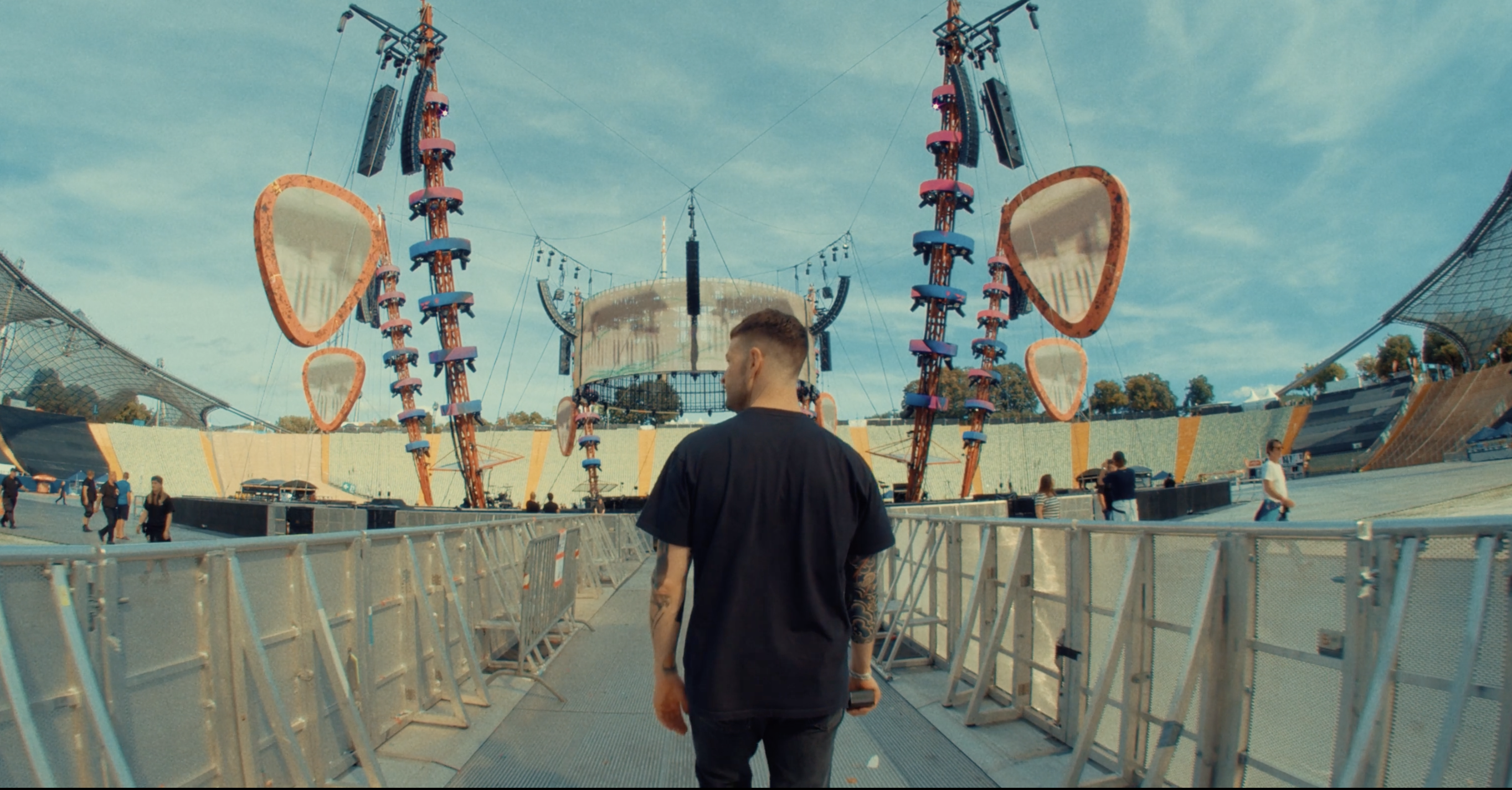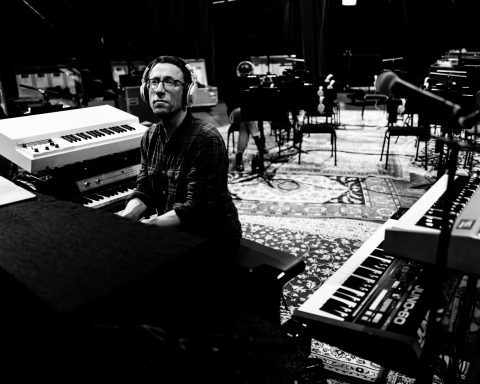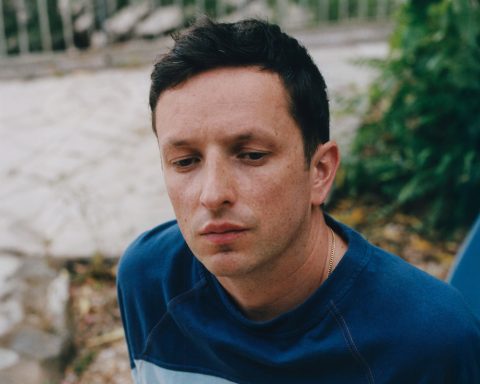From working at a hairdresser’s to touring the world with Ed Sheeran, musical director Ashton Miranda’s career journey has been anything but linear. Making it onto the world’s biggest stages took dedication and an unwaveringly positive mindset, both of which he possesses in plentiful supply. Miranda explains how he broke into the music industry, describes touring with dual FANTOM synths, and offers career advice to aspiring players.
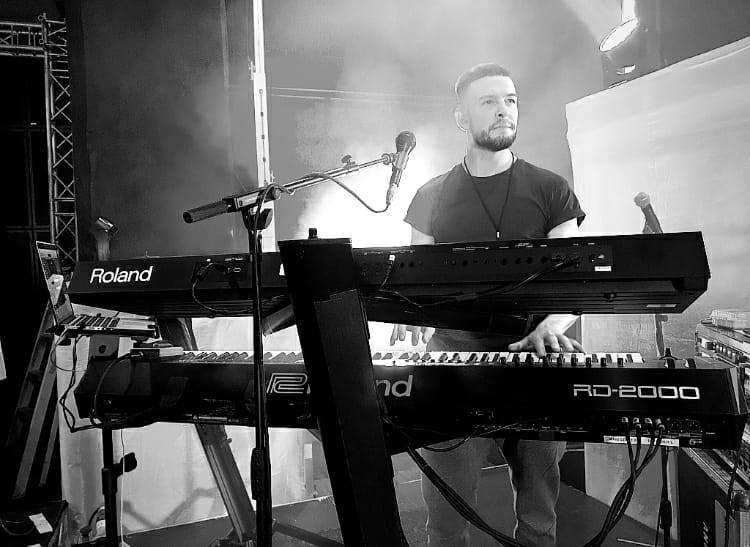
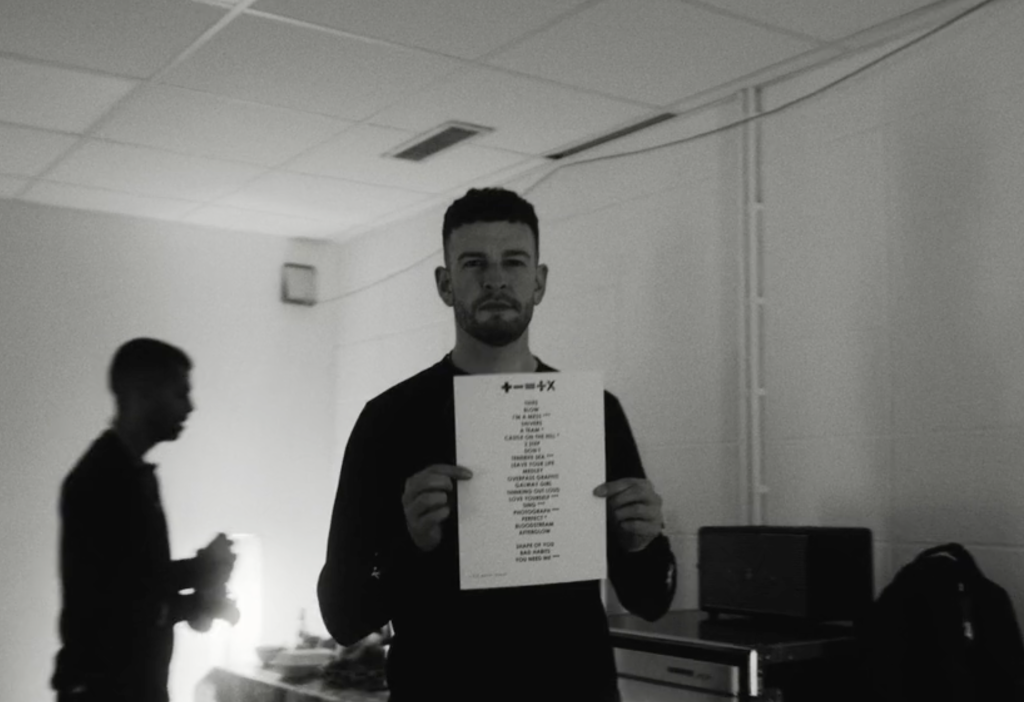
Humble Beginnings
Ashton Miranda visualized a career in music long before he became the keyboardist and musical director for Ed Sheeran’s worldwide +–=÷x (Mathematics) stadium tour. While striving to break into the music industry during his teens and twenties, Miranda amassed an eclectic variety of jobs. In addition to working at a hairdresser’s, he did stints in a pub, on a building site, and as a personal assistant.
Throughout years of audition rejection, Miranda developed a thick skin with a positive outlook. “I think a lot of people get to a certain point where if they’d continued a little bit further, they would have gotten to the point they wanted,” he surmises.
Miranda’s perseverance paid off with a gig on The X Factor. “This was the foot in the door I’d been looking for, for a long time. So, I knew I had to turn up early, be polite, know my parts, and know what to do,” he says. “And then it was over, and I went back to my normal life.” After the performance, Miranda called his agent and expressed his desire to focus solely on playing keys and serving as a musical director.
Months later, Miranda booked a Radio 1’s Live Lounge show playing keyboard for Ed Sheeran, and his music career finally took flight. “That was the moment that really changed the whole of my career,” he explains. “Suddenly, people from agencies were calling me. To be playing on the biggest tour with the world’s biggest artist is confirmation that all the sacrifices I made throughout my life were not a waste.”
"To be a good musical director, you have to be patient, understanding, caring, and really organized."
Touring Keys
Starting in Ireland, the +–=÷x Tour comprises 88 shows spanning three legs: Europe, Oceania, and North America. “Ed is probably one of the most popular artists on the planet right now, so it’s an absolute privilege to be able to work with him,” Miranda says.
While on the road, there’s no shortage of Roland gear under his fingertips. “On the +–=÷x Tour, I use a FANTOM-7, a FANTOM-8, and an LX708,” he explains. “I have a separate piano because every night Ed invites me on stage, and we do a song together, either ‘The Joker And The Queen’ or ‘Visiting Hours,’ and I wanted to be able to sit at a piano as opposed to standing at the keyboards.”
The LX708 digital piano not only sets the mood with its appearance but also with its tone. “The LX708 looks awesome and feels great. The action on it is incredible, and the sound is just beautiful,” Miranda says. “Roland has matched the keybed technology with the sound, so when you press the key, it vibrates like an acoustic piano. That really connects you to the sound.”

"I have a separate piano because every night Ed invites me on stage, and I wanted to be able to sit at a piano as opposed to standing at the keyboards."
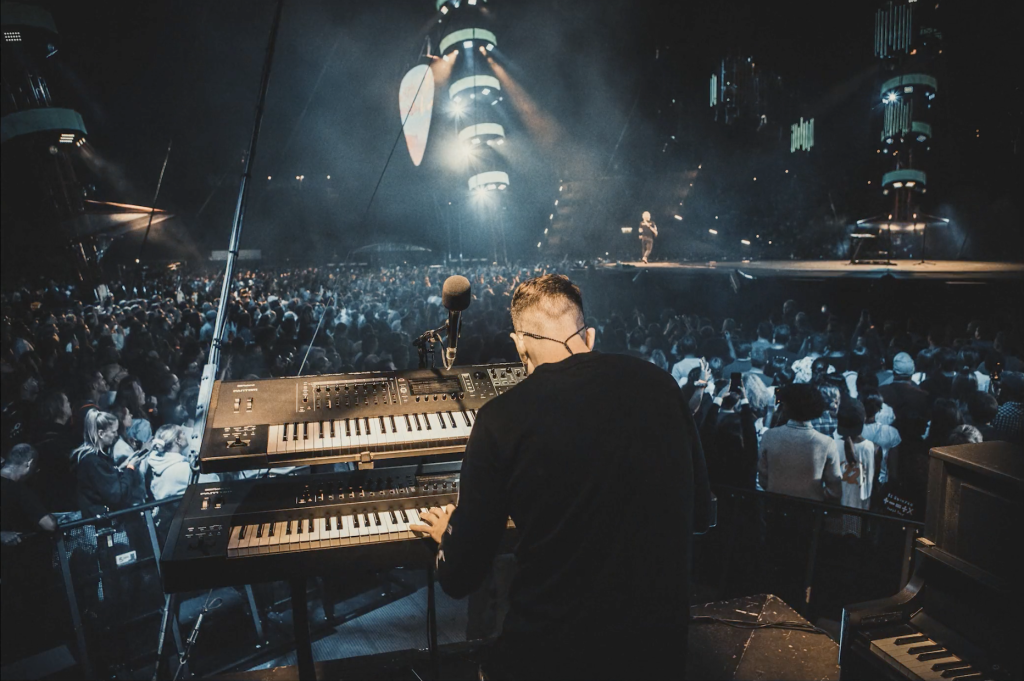
FANTOM Twins
Ed Sheeran’s two-hour show draws from each of his releases dating back to 2011. With a vast repertoire packed into the 26-song set, Miranda uses two FANTOM synthesizers to store all the sounds required, with the ability to trigger tones quickly. “I have different scenes for different songs, and some songs have different scenes for different sections,” Miranda elaborates. “I use Roland Scene Chain and have a DP-10 floor pedal. So, with my foot, I can switch to each patch when needed. That means I can keep both of my hands on the keyboards.”
His FANTOM-7 and FANTOM-8 synths are filled with essential sounds, including V-Piano, SuperNATURAL piano and string tones, and plug-ins. “I use the Virtual ToneWheel Organ for those incredible Hammond sounds,” he expands. “I’m also using the ZEN-Core engine with the JUNO-106 and JUPITER-8 Model Expansions for all my different synths and pads. So, within these keyboards, I have all the sounds I need for a show like this.”
"Making small changes and improvements every day leads to big improvements over time."
King of Influence
When Ashton Miranda reflects on where he is today, one influential figure looms large: Michael Jackson. Since age seven, Miranda has been captivated by Jackson’s larger-than-life performances and revolutionary approach to production, songwriting, vocals, music videos, choreography, and fashion. “He pushed the boundaries of excellence,” says Miranda. “I really believe in always trying to improve.”
The quest for excellence is woven into the ethos of his company, Kaizen Collective. “Kaizen is a Japanese philosophy of continuous improvement, and I believe Michael embodied that in everything he did,” Miranda explains. “I try and embody that as much as possible. Making small changes and improvements every day leads to big improvements over time.”
That level of positivity and pursuit of perfection keeps Miranda fueled during long stretches on the road. “I believe what we’re doing is more than just playing music. We’re going out night after night and creating moments and connection—bringing joy to people,” he shares. From spontaneous proposals to children’s first concerts, Ashton Miranda and the entire Ed Sheeran team morph a musical experience into the soundtrack of significant life moments for audience members.

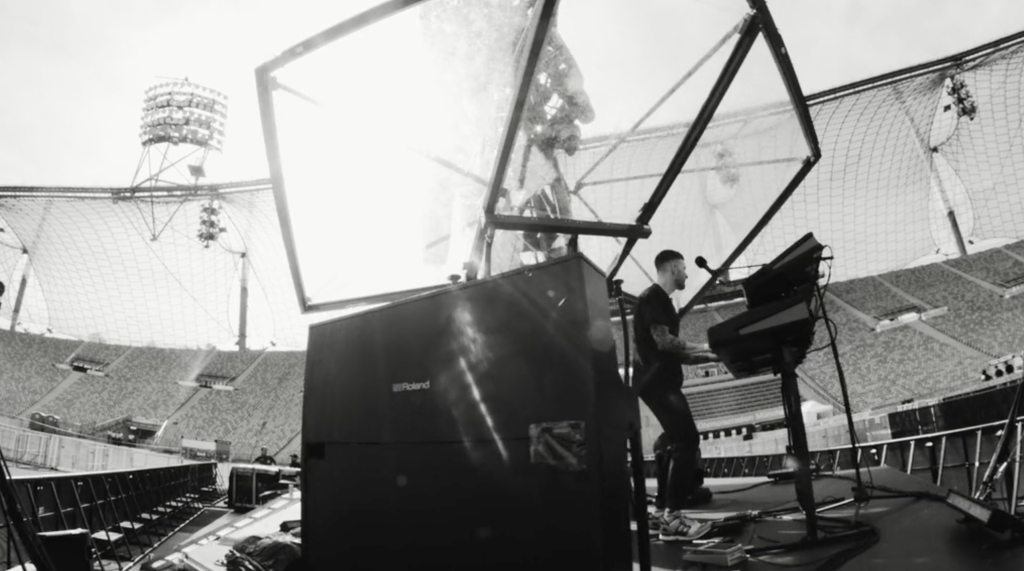
"If you have a clear vision of where you want to go, it will affect your daily choices. Don't just work on your craft; work on yourself."
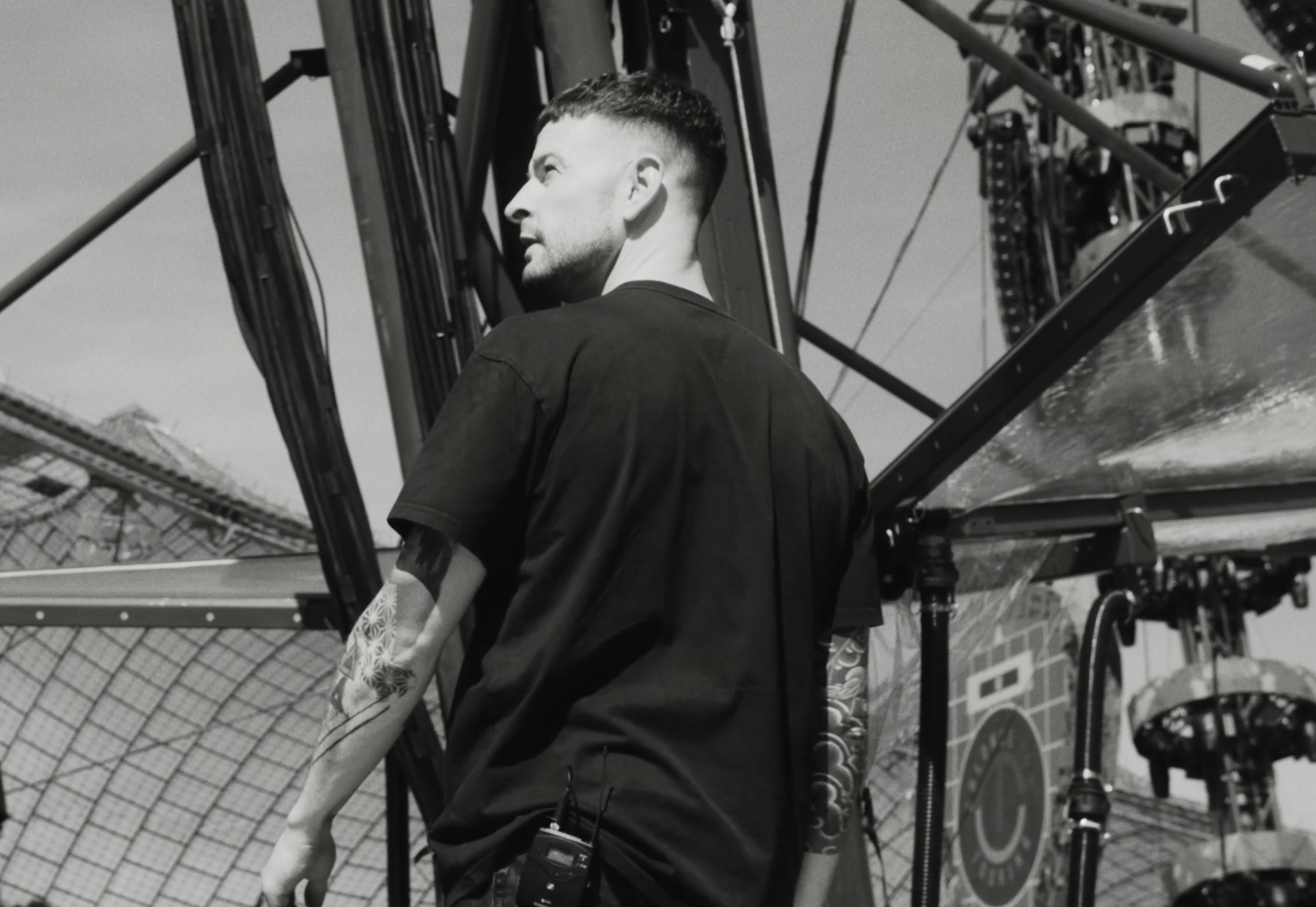
Good Habits
What’s next for Ashton Miranda? “A fellow bandmate, Tom, and I have been writing and producing on our days off. So, I think the next thing for us is songwriting,” says Miranda. “I would love to go to a show and hear 60,000 people sing a song I wrote. That must be so magical for Ed to hear that every night, and I’d like to experience that.”
From modest beginnings to performing in sold-out stadiums, Ashton Miranda has worked tirelessly for his slice of success. He offers a piece of advice for those in pursuit of their own career paths. “Whatever your dream is, visualize everything you want in your life. Repeat it, repeat it, repeat it,” he advises. “If you have a clear vision of where you want to go, it will affect your daily choices. Don’t just work on your craft; work on yourself. Be a better person. Be as positive as you possibly can. Just breathe, take that space, and realize you control your every action.”
